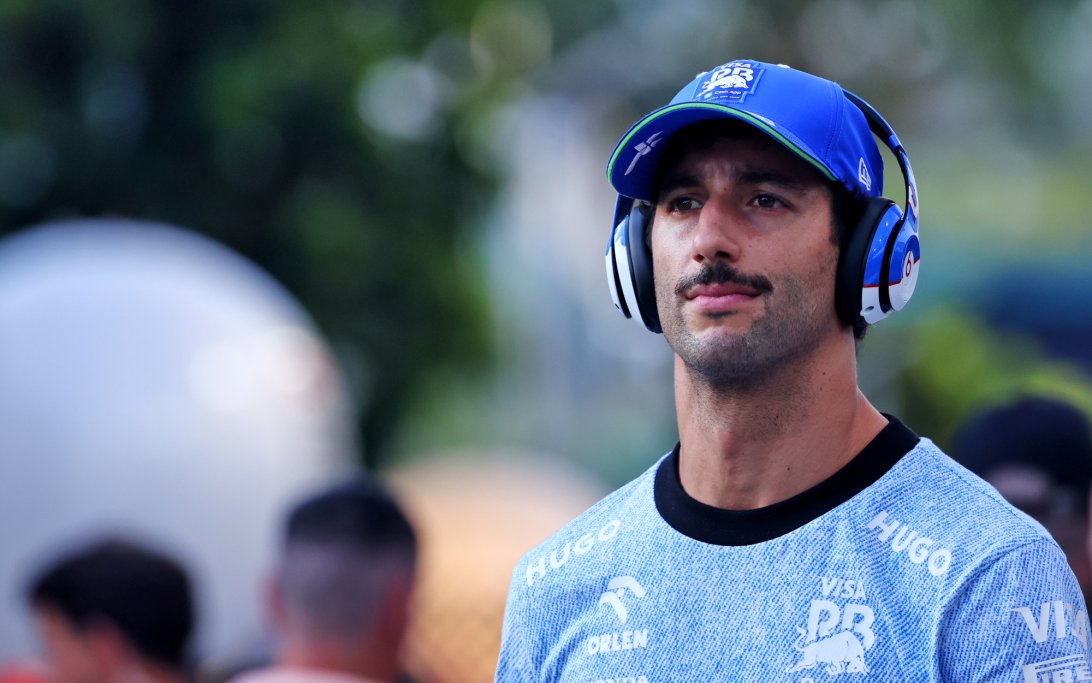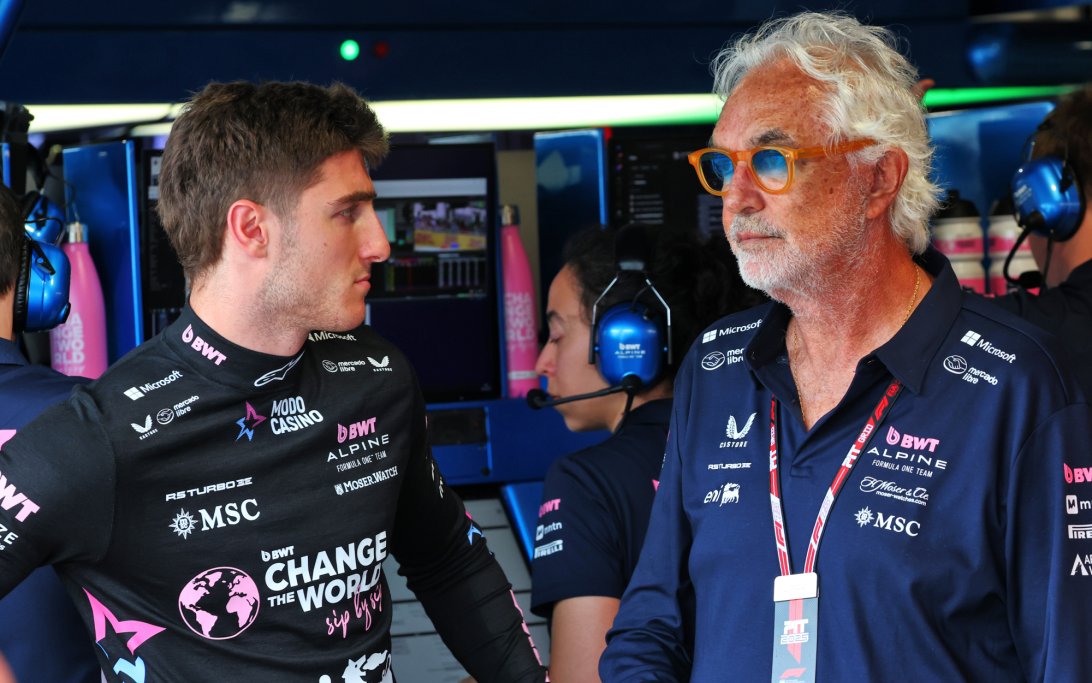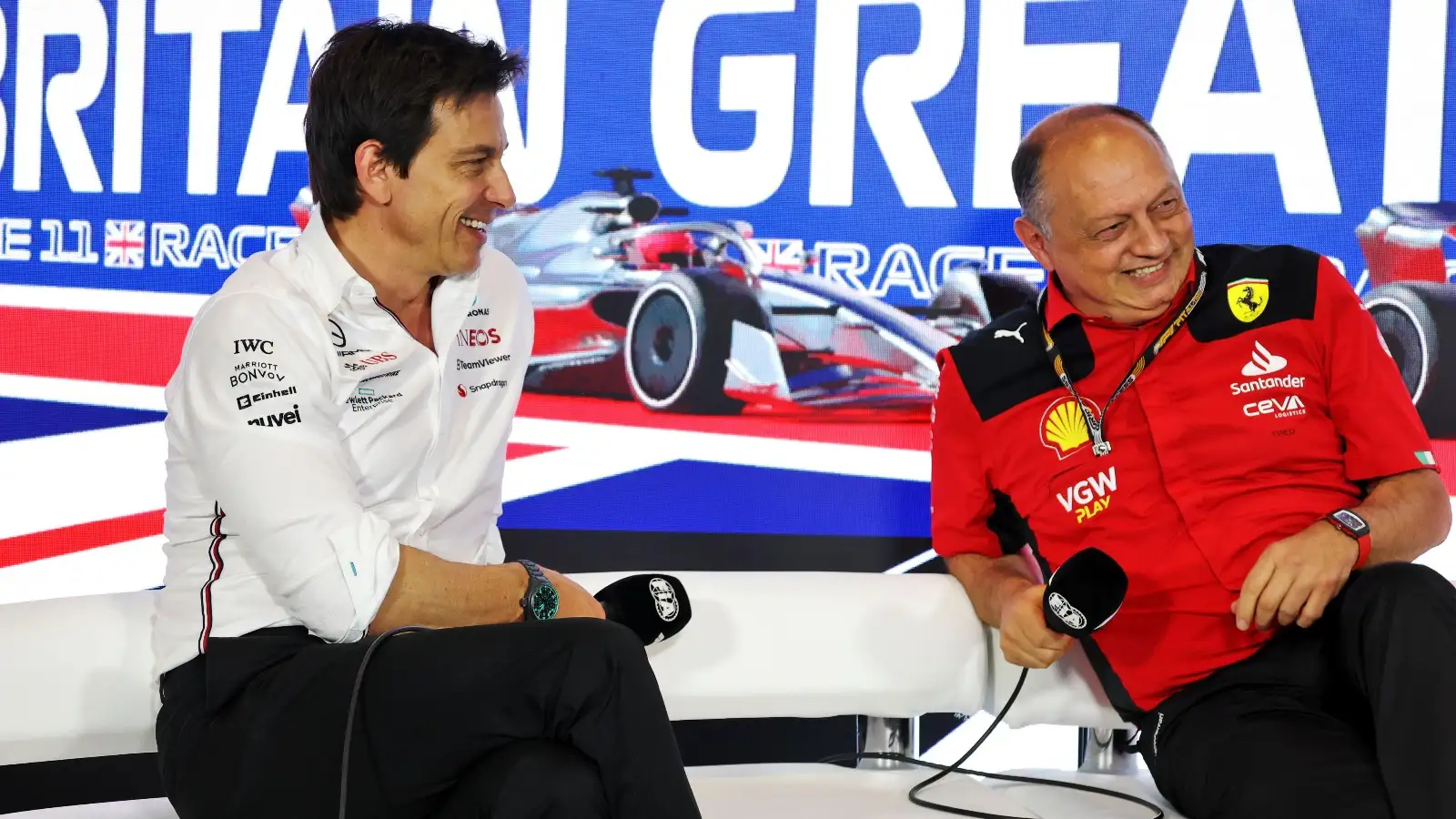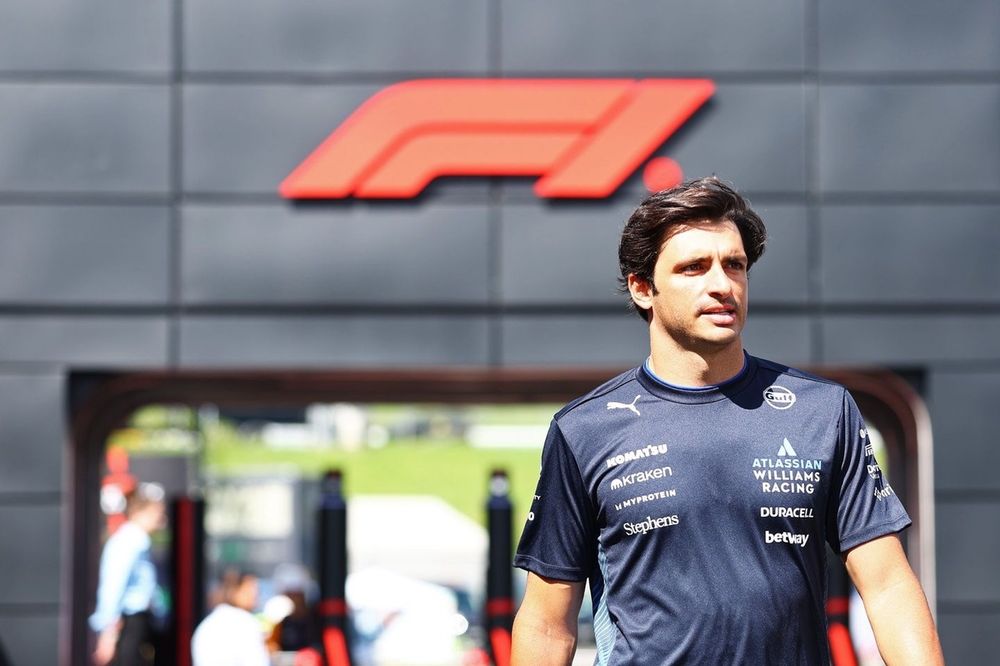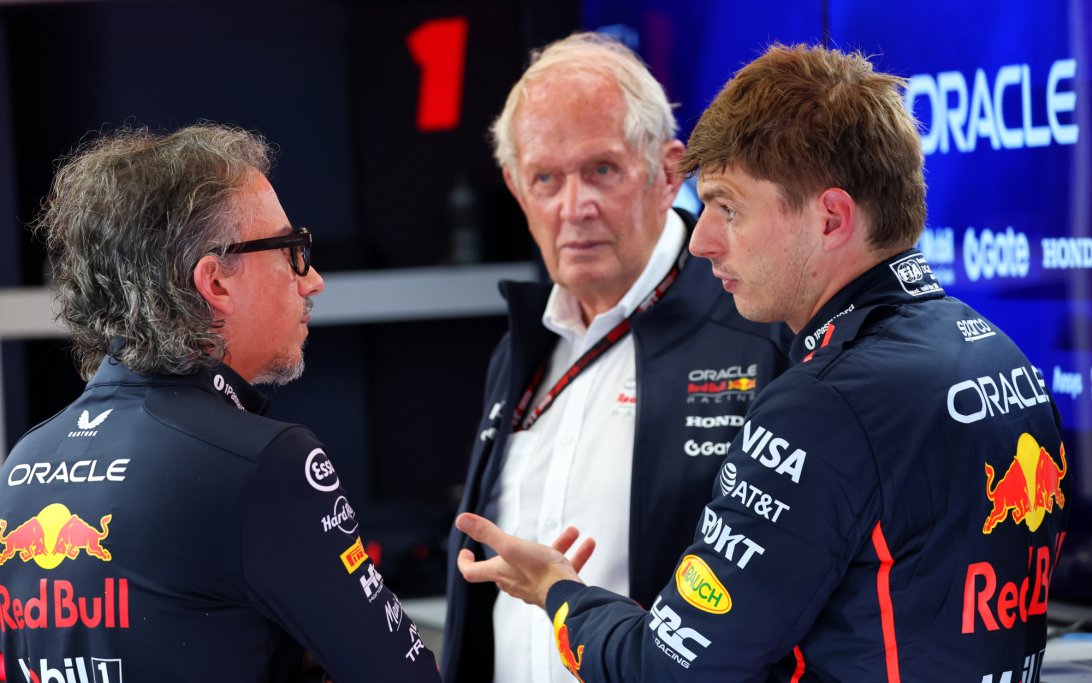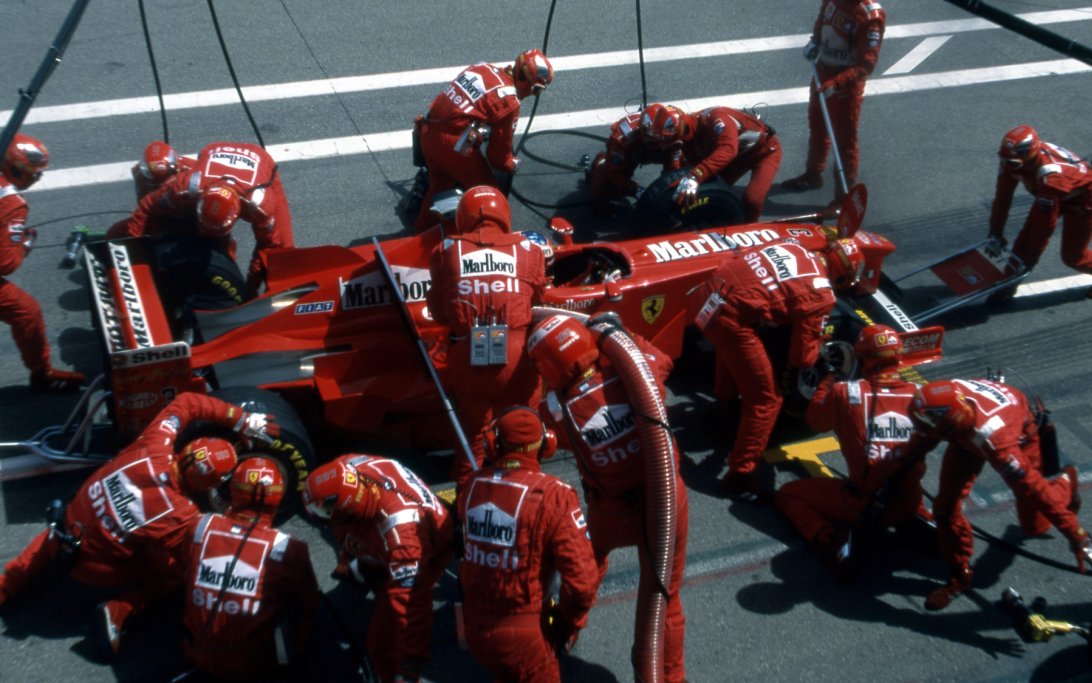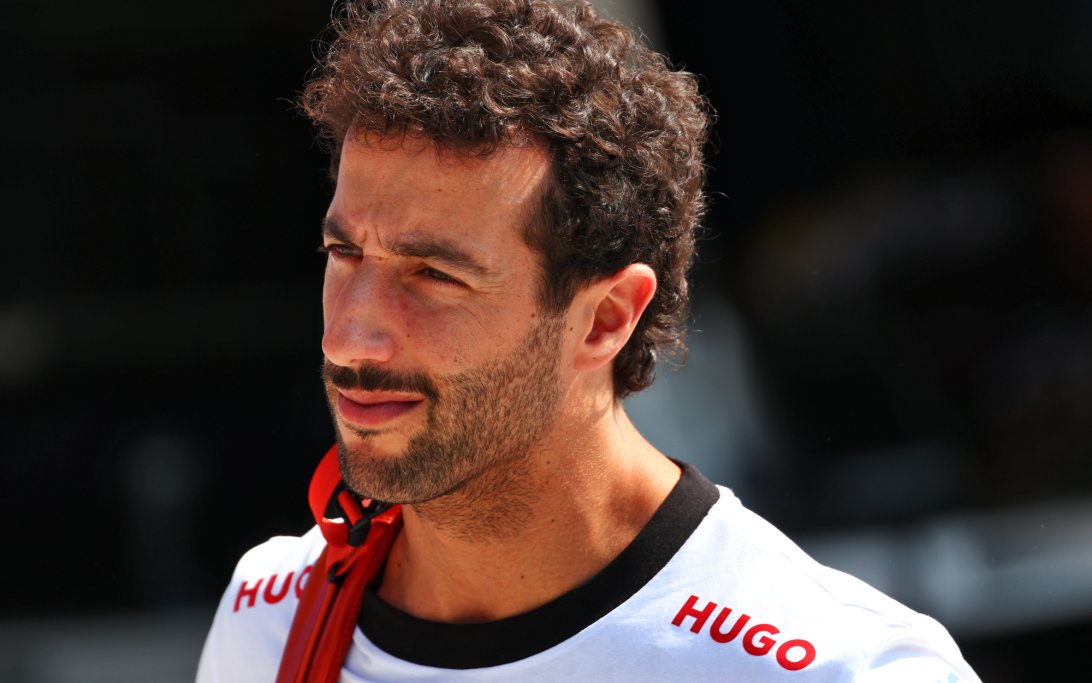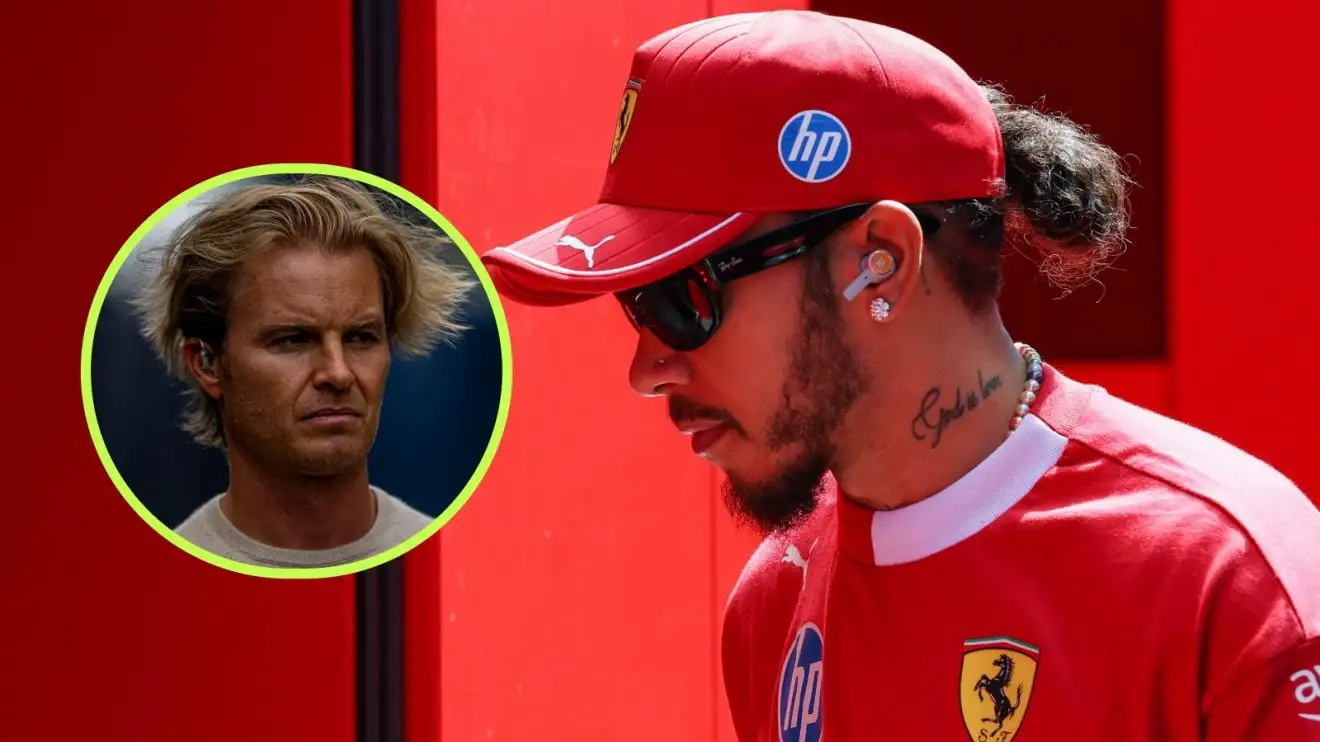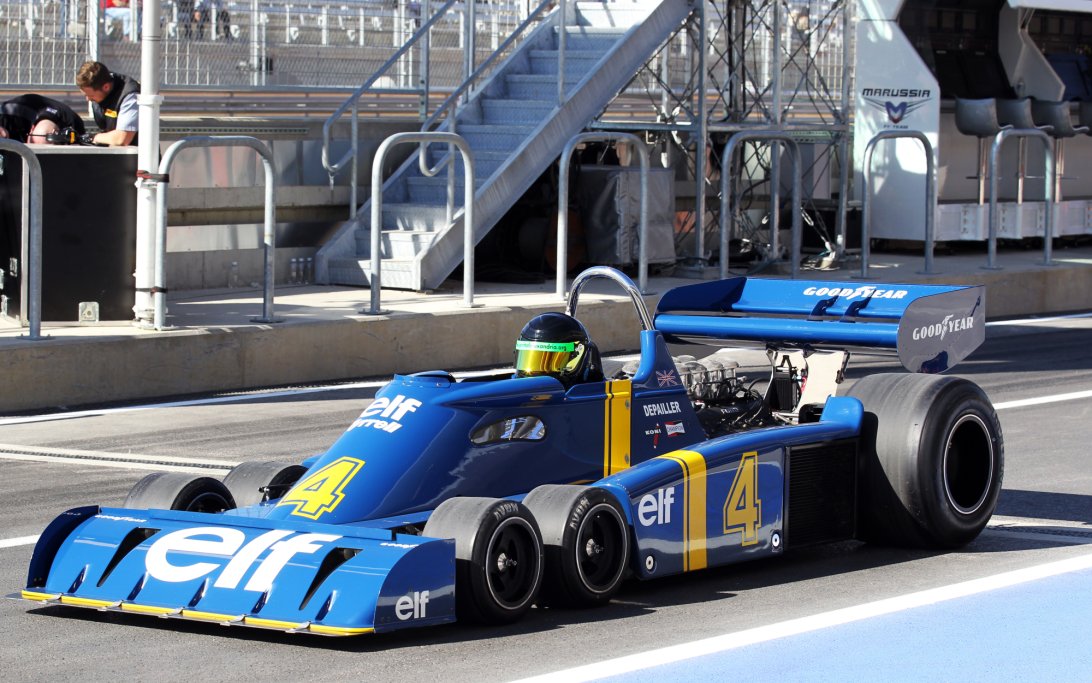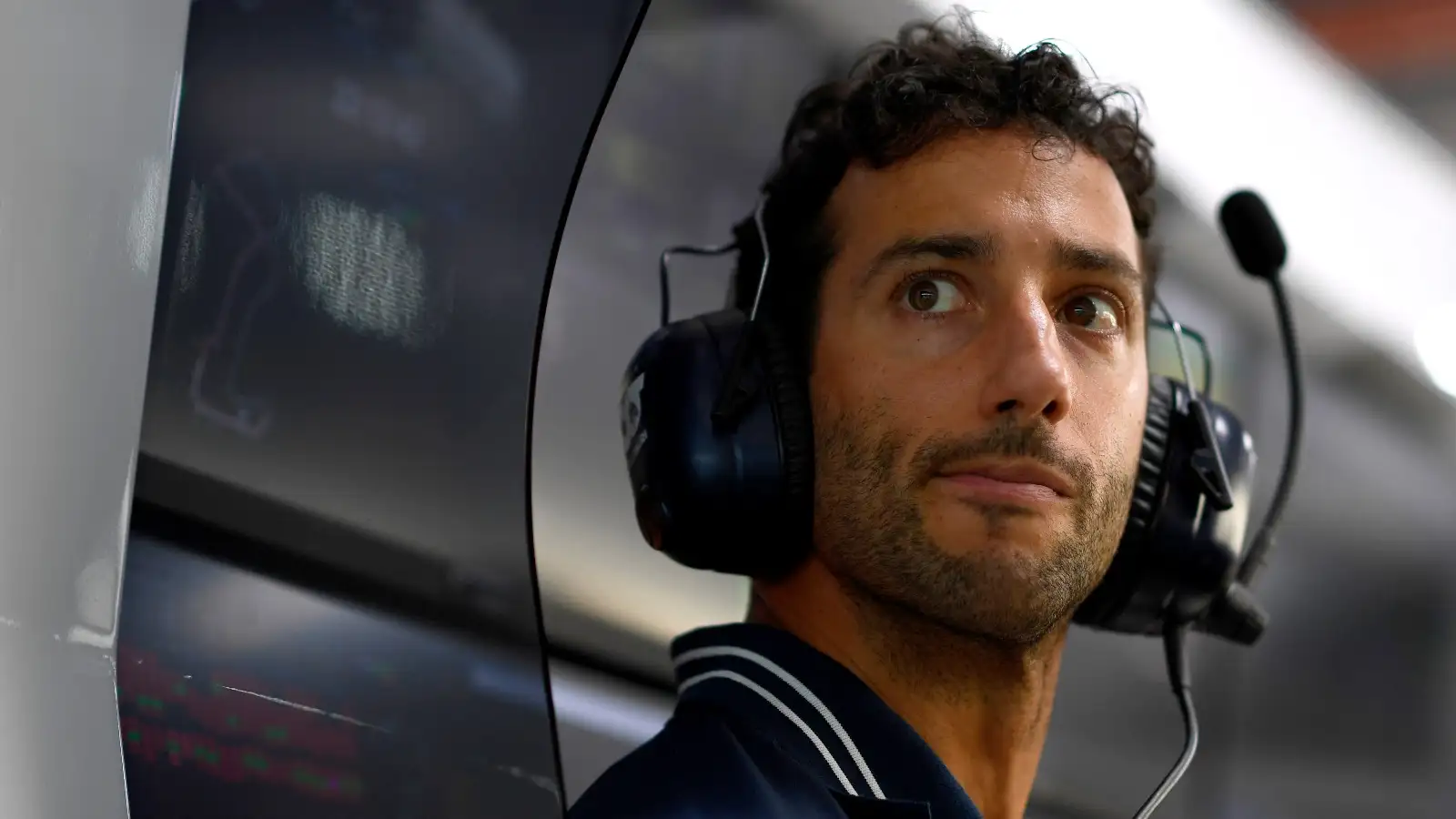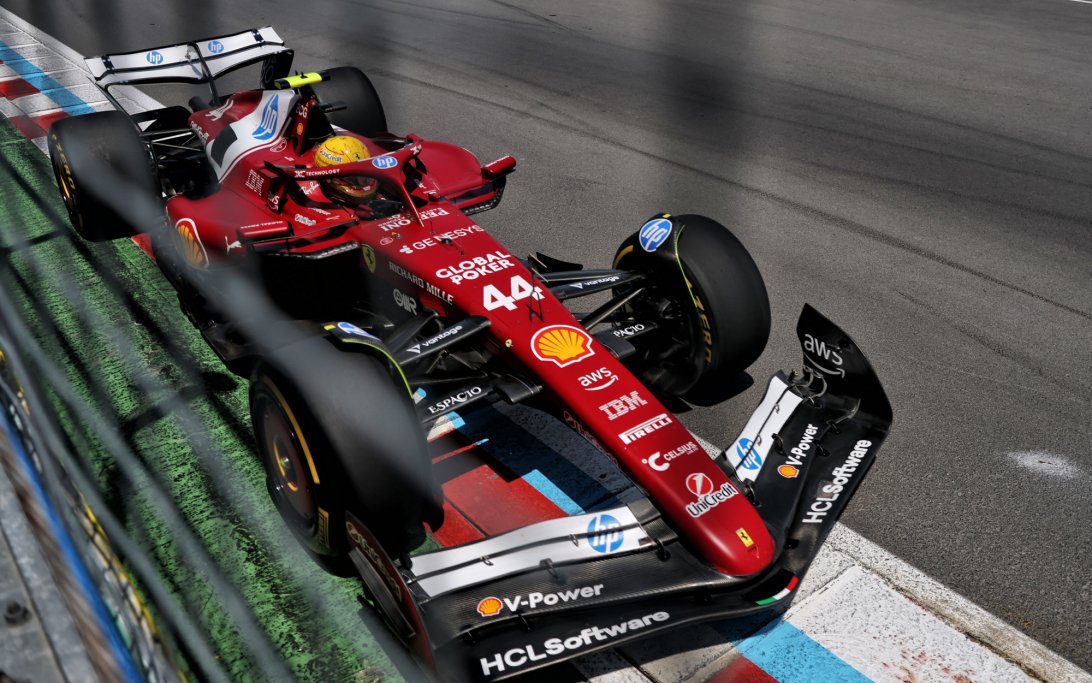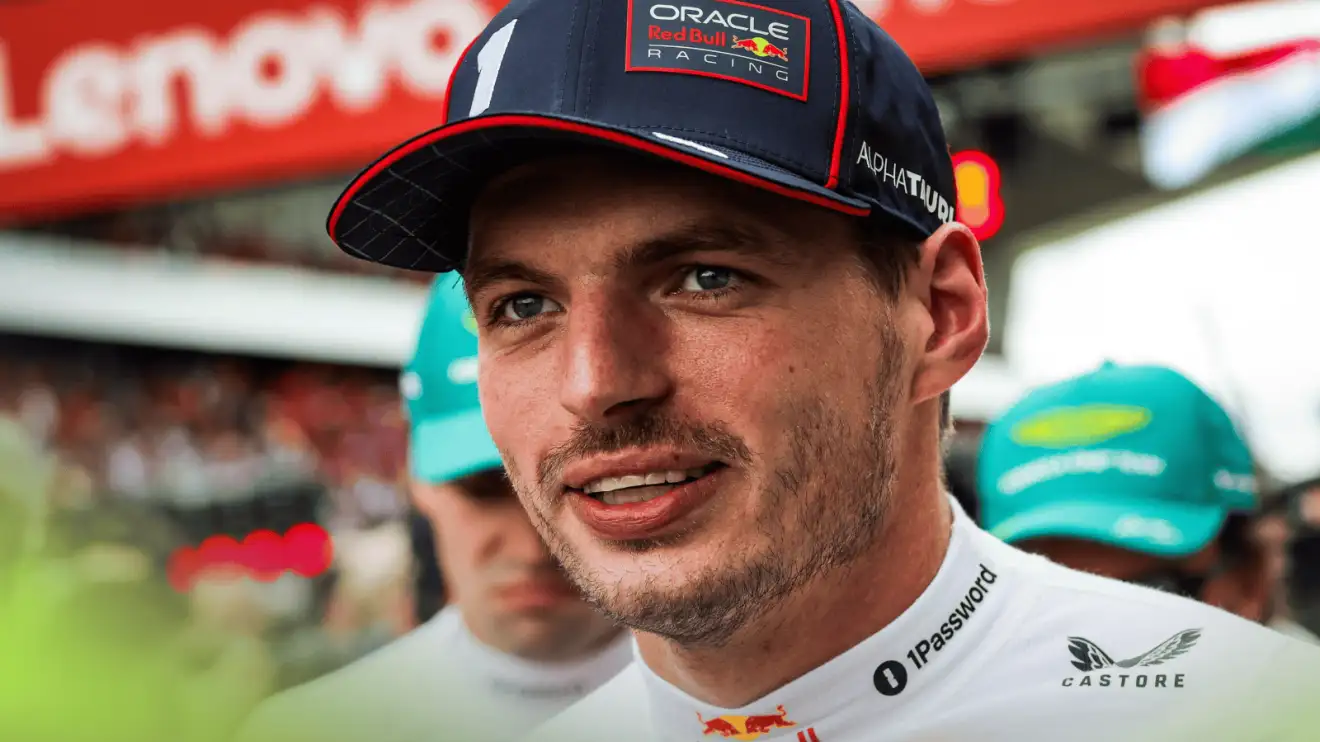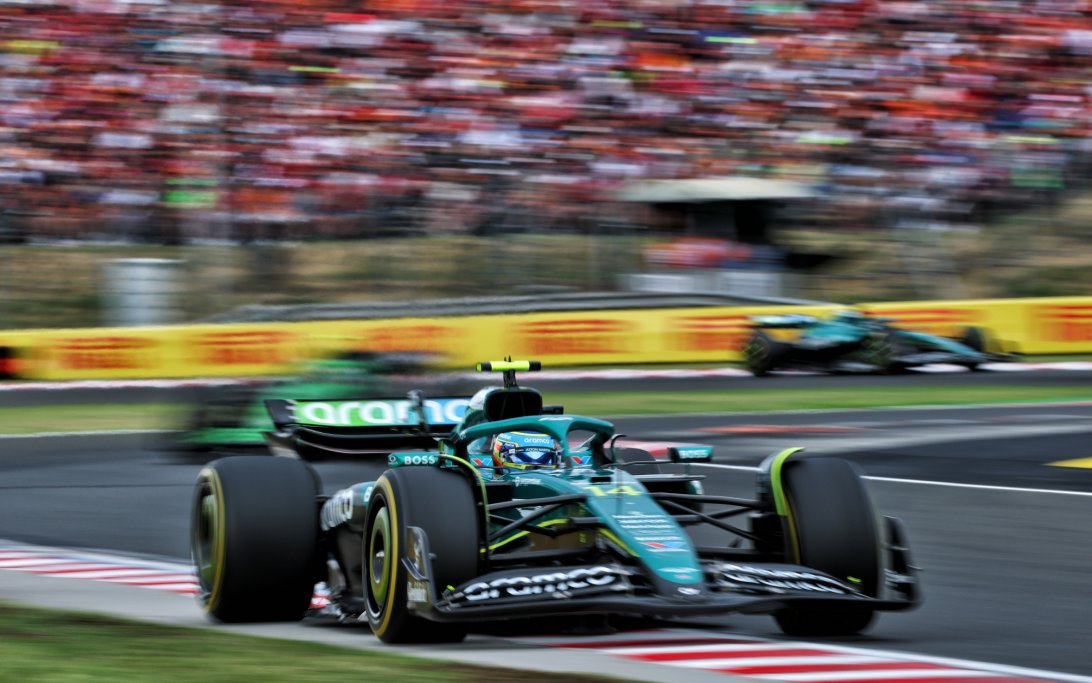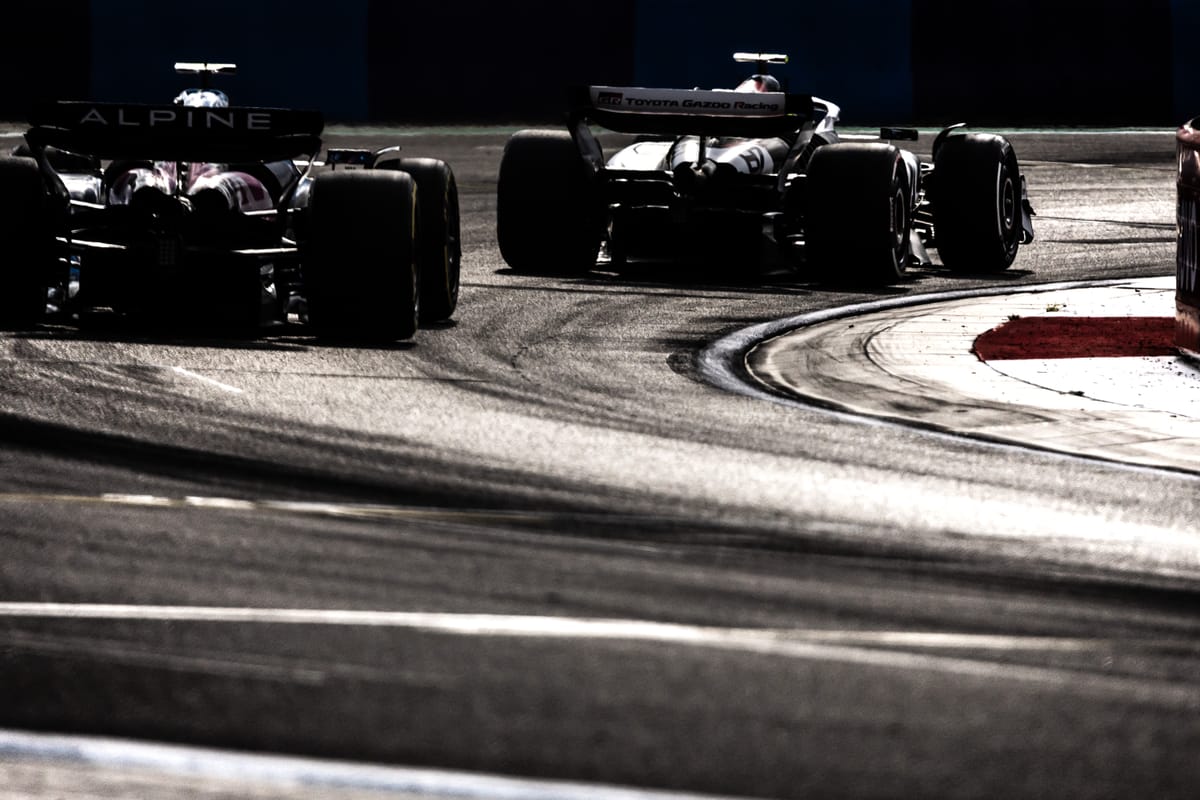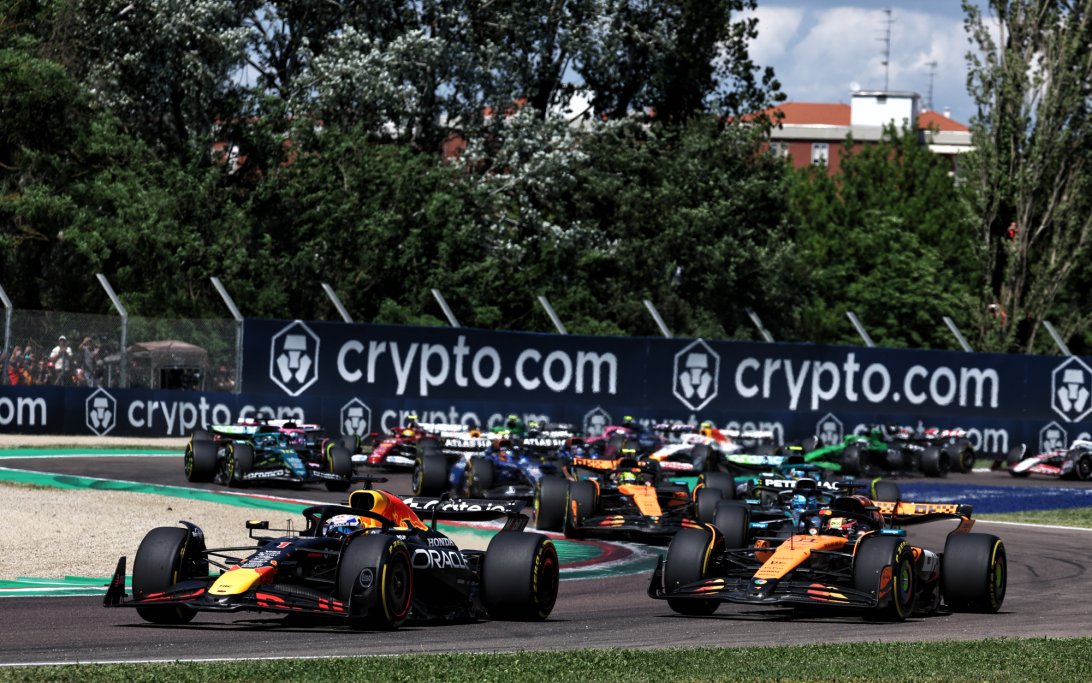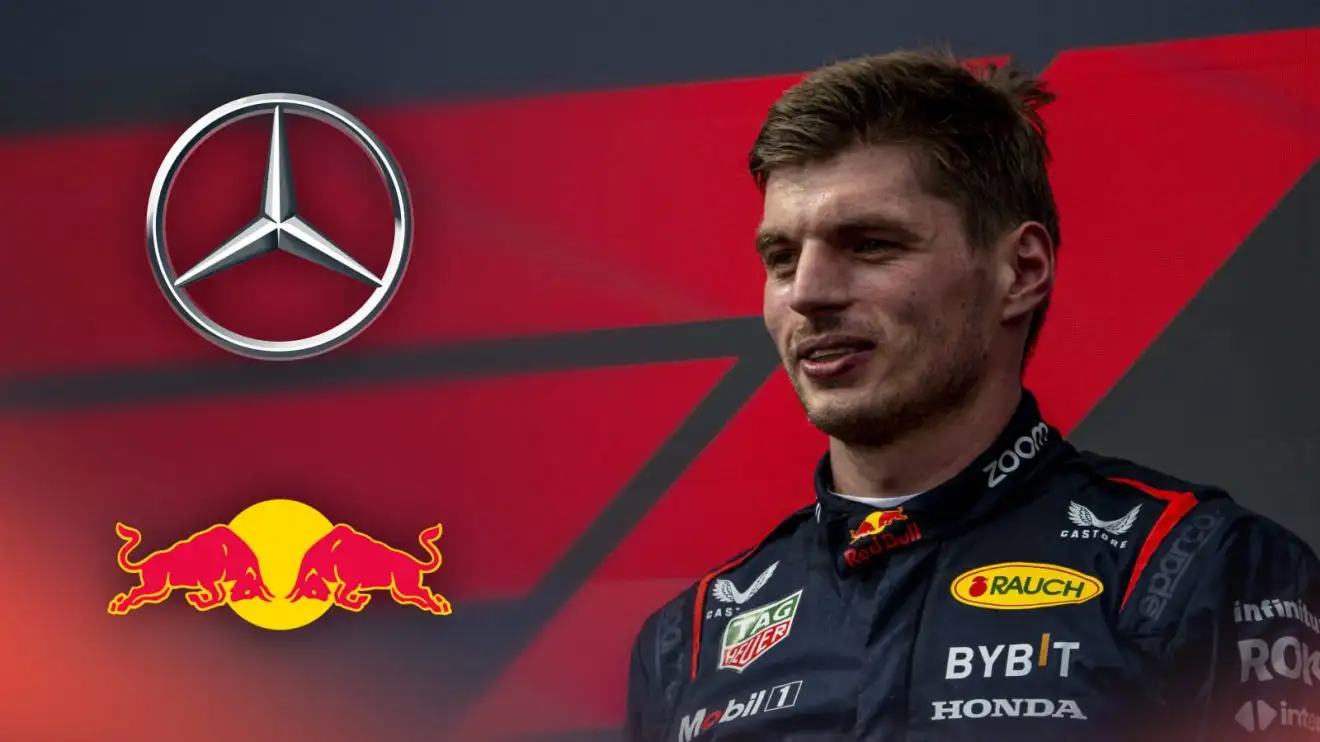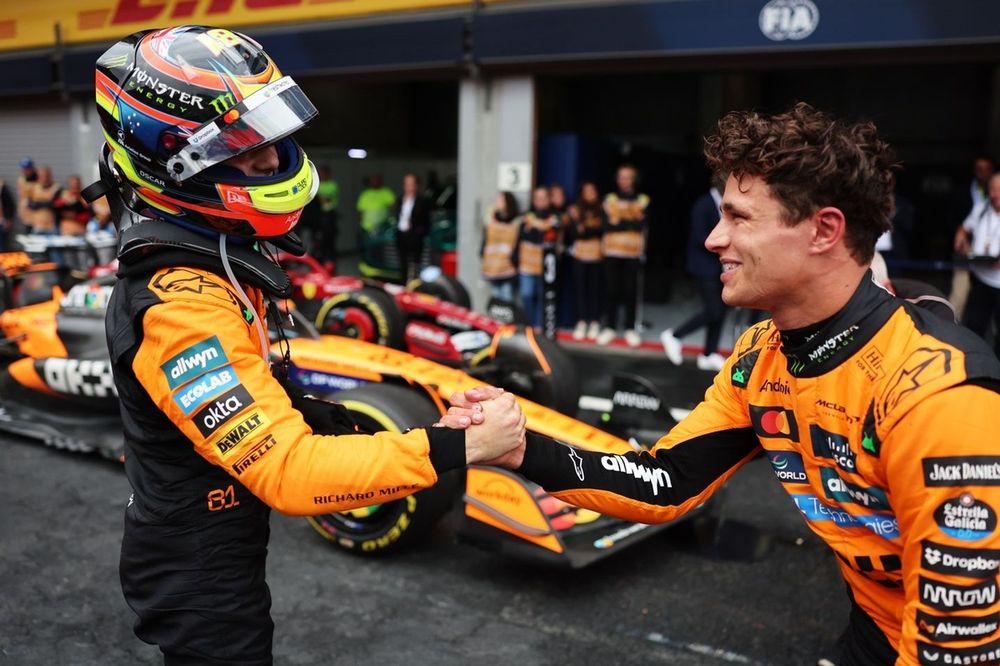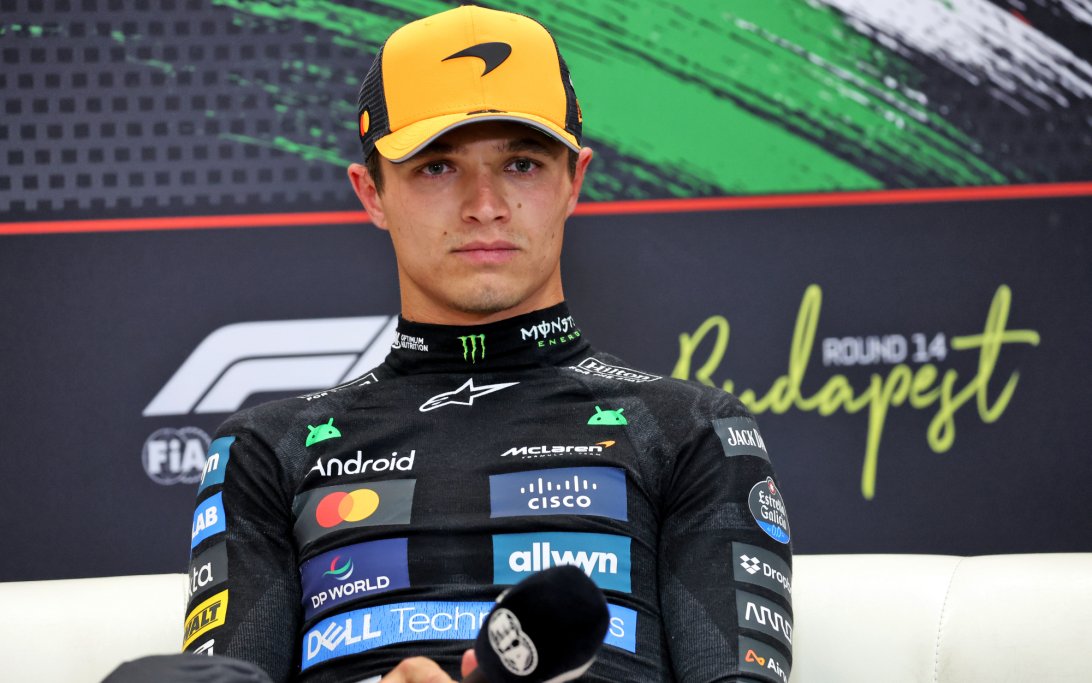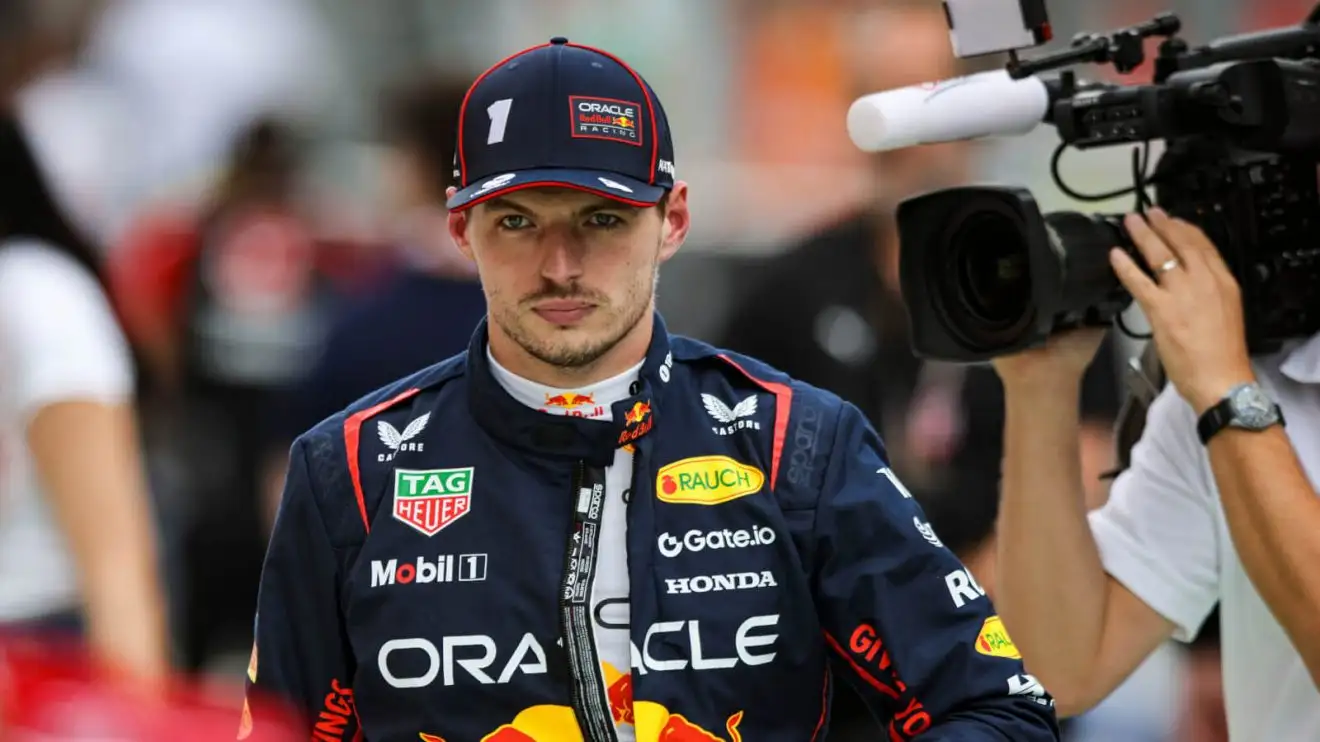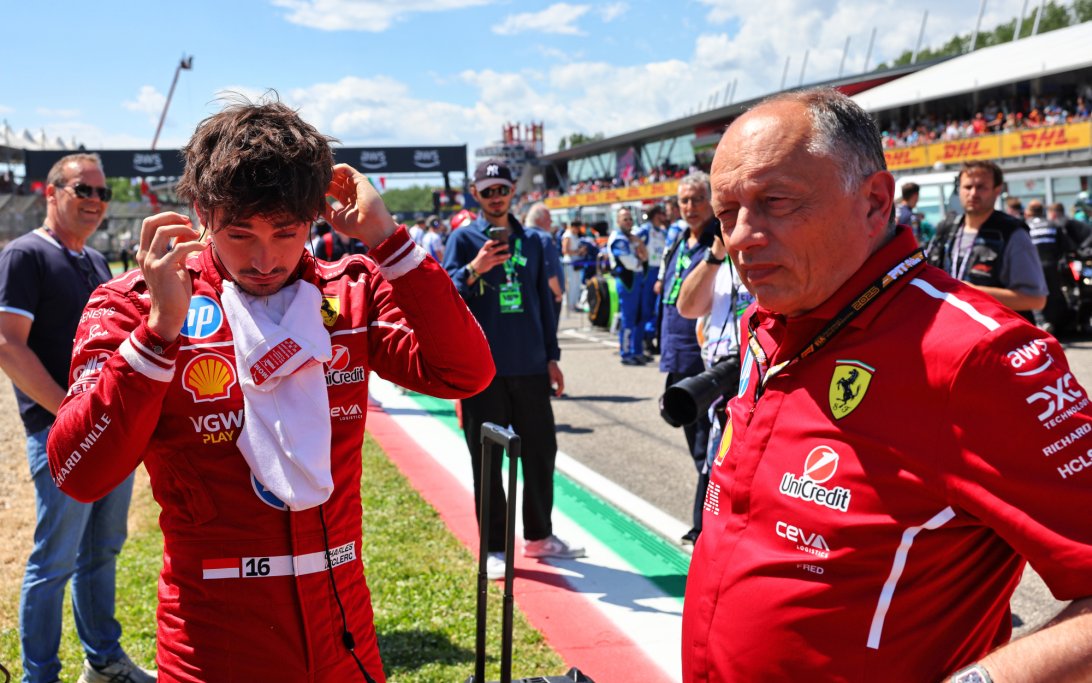Formula 1 has seen its share of beautiful cars, but for every classic, there's a design that stands out for its unique, often challenging, aesthetics. Here are 10 F1 cars widely considered among the sport's least appealing.
March 711 (1971) - The Teatray
Why it matters: In 1971, March introduced a radical design for its second F1 season, aiming to optimize airflow.
The design: The car famously featured a high-mounted front wing, earning it the nickname "The Teatray." This unusual placement was an early attempt to create smooth airflow over the car's aerodynamic surfaces.
The outcome: Despite its appearance, the design was effective. Ronnie Peterson secured five podiums, including four second-place finishes, ending the season as runner-up. Notably, Andreas Nikolaus Lauda (Niki Lauda) made his F1 debut in a 711 in Austria.
Ligier JS5 (1976) - The Teapot
Why it matters: Ligier's 1976 F1 entry became known for its comically oversized airbox.
The design: Nicknamed "The Teapot," the JS5 featured a massive airbox feeding the Matra V12 engine. This design was purely for performance, but its extreme size led to a rule change after the Spanish GP that year, outlawing such large airboxes.
The outcome: In a more conventional form, Jacques Laffite still managed to achieve three podiums and a pole position at Monza.
Tyrrell P34 (1976-1977) - The Six-Wheeler
Why it matters: The P34 challenged F1's conventional four-wheel design, exploring an unconventional aerodynamic solution.
The design: Designer Derek Gardner developed a car with four small front wheels and the usual two rear wheels, believing more wheels would improve performance and braking.
The outcome: Far from a publicity stunt, the P34 was competitive, famously securing a one-two finish in Sweden with Jody Scheckter and Patrick Depailler. It achieved 10 podiums overall before rule changes in 1977 rendered it obsolete.
Ensign N179 (1979) - The Cheese Grater
Why it matters: A small team's bold but ultimately flawed attempt to innovatively solve cooling issues.
The design: The N179 gained the nickname "The Cheese Grater" due to its wide, flat nose housing the radiators, creating a ladder-like front end.
The outcome: Ironically, despite the radical cooling solution, the car suffered from overheating and a critical lack of downforce, proving to be a disastrous experiment.
Ferrari F310 (1996)
Why it matters: Michael Schumacher's first Ferrari was a visual departure from its predecessors.
The design: The F310 featured a high nose, boxy sidepods, and new cockpit head protection, creating a distinctive, often criticized, aesthetic.
The outcome: Despite its looks, Schumacher masterfully drove the car to three wins, including his memorable first Scuderia victory in the Barcelona rain, and further wins in Belgium and Monza. Its successor, the F310B, was a championship contender in 1997.
Williams FW26 (2004) - The Walrus
Why it matters: Williams' attempt to regain competitiveness with a highly distinctive, yet ultimately unsuccessful, front-end design.
The design: The FW26 featured the infamous "Walrus nose," a short, wide nose cone designed to optimize airflow to the rear and generate downforce.
The outcome: The car proved twitchy and unpredictable for Ralf Schumacher and Juan Pablo Montoya. The "Walrus nose" was eventually abandoned for a more conventional design, with Montoya securing a win in the final race of the season.
Ferrari F2012 (2012)
Why it matters: The F2012 was a prominent example of the "stepped nose" era, a design compromise driven by new regulations.
The design: F1 rules in 2012 mandated lower noses, forcing teams to incorporate a "step" from the high chassis to the lower nose tip for optimal airflow. Ferrari's interpretation was widely considered among the least aesthetically pleasing.
The outcome: Despite its challenging appearance, Fernando Alonso miraculously pushed the car to the brink of the world title, delivering one of the greatest non-championship winning seasons in F1 history.
Caterham CT05 (2014)
Why it matters: The CT05 epitomized the extreme and often criticized nose designs of the 2014 season.
The design: New FIA rules for 2014 mandated a very low nose tip (185mm from the ground), leading to various awkward solutions. Caterham's CT05 featured one of the most aesthetically unappealing interpretations.
The outcome: The car failed to score any points, and the team ultimately went out of business by the end of the season.
Lotus E22 (2014) - The Double Tusk
Why it matters: Lotus's unique and asymmetrical approach to the 2014 nose regulations.
The design: The E22 featured a distinctive "double tusk" nose, with one side longer than the other to meet FIA criteria. This asymmetrical design aimed to optimize airflow.
The outcome: The unconventional design did not yield significant performance, with Romain Grosjean and Pastor Maldonado scoring only 10 points combined throughout the season.
Force India VJM07 (2014)
Why it matters: Another 2014 car with a controversial nose, but surprisingly competitive for its design.
The design: The VJM07's nose design, similar to others in 2014, attracted some unflattering comparisons due to its specific shape required by new safety regulations.
The outcome: Despite its divisive appearance, the car performed well, with Sergio Perez securing a podium finish in Bahrain.
